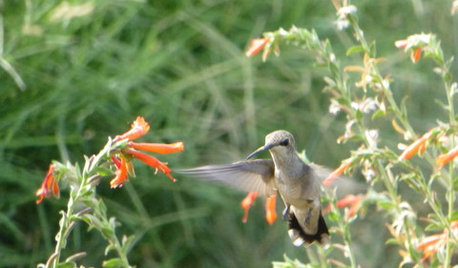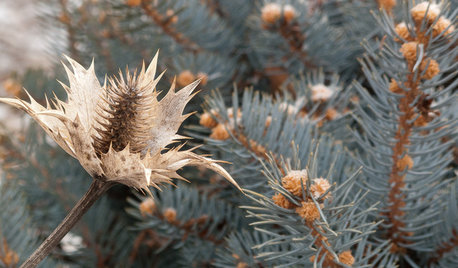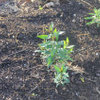What is this Bramble / Berry?
Suzi AKA DesertDance So CA Zone 9b
10 years ago
Related Stories

GARDENING GUIDESHow to Switch to an Organic Landscape Plan
Ditch the chemicals for a naturally beautiful lawn and garden, using living fertilizers and other nontoxic treatments
Full Story
KIDS’ SPACES15 Ideas for a Children’s Discovery Garden
Pique curiosity and encourage creativity by adding play features that appeal to kids’ imagination and senses
Full Story
GARDENING GUIDESSweet Serendipity: Opening to Happy Garden Discoveries
Unplanned nature scenes can be unbelievably beautiful; you just need to know how to look
Full Story
WINTER GARDENINGInspiring Winter Scenes From the Denver Botanic Gardens
Use seed heads, bare branches and grasses to design lovely garden displays when the ground is frozen
Full StorySponsored
Central Ohio's Trusted Home Remodeler Specializing in Kitchens & Baths
More Discussions










saltcedar
Suzi AKA DesertDance So CA Zone 9bOriginal Author
Related Professionals
East Rancho Dominguez Landscape Architects & Landscape Designers · Lakewood Landscape Architects & Landscape Designers · Manorville Landscape Architects & Landscape Designers · Sahuarita Landscape Architects & Landscape Designers · Concord Landscape Contractors · Choctaw Landscape Contractors · North Richland Hills Landscape Contractors · Salmon Creek Landscape Contractors · Seymour Landscape Contractors · Shirley Landscape Contractors · Snoqualmie Landscape Contractors · Waltham Landscape Contractors · White Bear Lake Landscape Contractors · Canyon Lake Stone, Pavers & Concrete · Norco Stone, Pavers & ConcreteEmbothrium
Suzi AKA DesertDance So CA Zone 9bOriginal Author
Desirai
Suzi AKA DesertDance So CA Zone 9bOriginal Author
ken_adrian Adrian MI cold Z5
Suzi AKA DesertDance So CA Zone 9bOriginal Author
Embothrium
blakrab Centex
mytime
linaria_gw
ken_adrian Adrian MI cold Z5
Suzi AKA DesertDance So CA Zone 9bOriginal Author
Embothrium
sduque0926